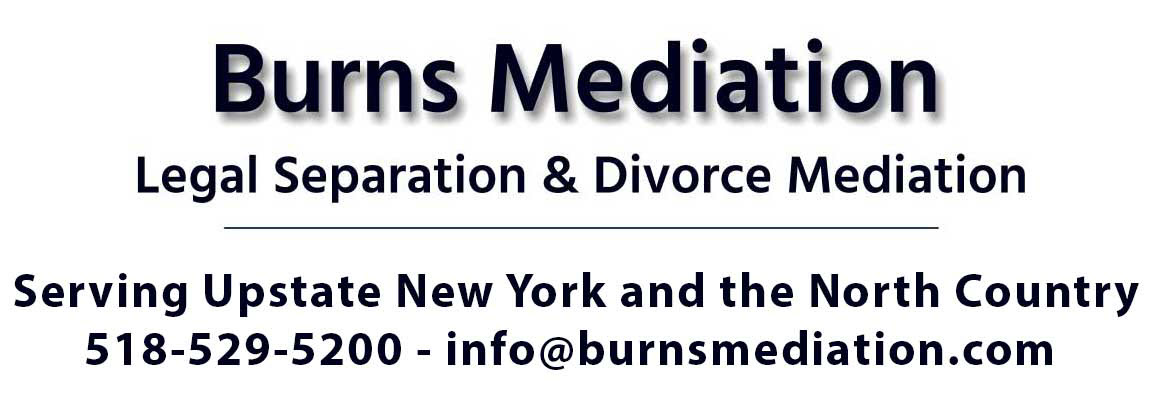 {3:00 minutes to read} At the beginning of a divorce, many couples have not considered the long-term changes that may unfold months or sometimes years down the road. When my clients are working toward an agreement, we often address some topics that they have not considered.
{3:00 minutes to read} At the beginning of a divorce, many couples have not considered the long-term changes that may unfold months or sometimes years down the road. When my clients are working toward an agreement, we often address some topics that they have not considered.
These topics can be multi-faceted, and ambiguity in the resulting agreement can create problems if the terms and conditions are not well-thought-out and documented. Here are a couple of examples that illustrate how clarity can prevent misunderstandings in the future.
Example 1:
I recently worked with a couple who had decided that one spouse would receive maintenance from the other for a period of 5 years. To ensure there was clarity, we outlined:
- The amount of money to be paid;
- How the money would be transferred from payer to payee;
- The frequency of payment; and
- What circumstances would cause the maintenance amount or duration to change.
When I brought up the last topic, they both felt awkward about discussing it, but it was an issue that needed to be addressed. The circumstances they agreed on were that maintenance would continue for 5 years unless the payee remarried or entered into a cohabitation living arrangement with a significant other.
Once spelled out, this stipulation was something they both felt was fair, and clarified the action to be taken if that circumstance presented itself.
Example 2:
Another couple was discussing how long they would agree to leave each other as beneficiaries of their life insurance policies. They agreed that an appropriate amount of time would be until their child graduated from college.
However, what about graduate school? Or what if the child chose not to attend or complete college at all? To ensure there was clarity, they agreed to add an age limit by which the child should have completed their undergraduate studies. This protected them by providing a clear end-date for this obligation, no matter what happened regarding their child’s college plans.
As a mediator, I have found that having a checklist of potential obstacles to the long-term success of a couple’s agreement is extremely valuable. Many mediators use checklists or similar organizational outlines to make sure their client’s agreements are well-considered and clear, and that the intent of each person is accurately and thoroughly captured.
How do you ensure clarity? What is on your checklist?
Share with Friends:
Need More Information?
To schedule a free phone or video consultation, complete and submit the form below, email us at [email protected], or call 518-529-5200.





